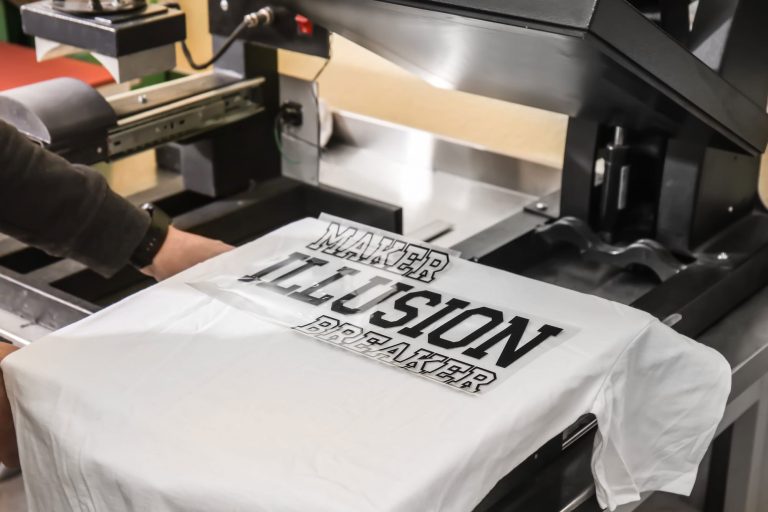Understanding Print Ready Files: A Comprehensive Guide

In the printing industry, the term “Print Ready” carries significant importance. This comprehensive guide will delve into the essentials of creating print-ready files, ensuring seamless printing results. Learn about the key requirements and best practices for optimizing your PDF files for commercial printing.
Understanding Print Ready Files:
“Print Ready” refers to PDF files that have been meticulously prepared for commercial printing. Meeting specific printer requirements is crucial for achieving optimal printing results. Let’s explore the essential elements of a print-ready PDF.
Colour Accuracy:
To ensure desired outcomes, it is essential to use the correct colour space in your document. Utilize CMYK colour space for standard printing, or opt for Pantone colours when precise colour matching is required. Avoid using the RGB colour space.
The Right Shade of Black:
Using the appropriate black colour is crucial for quality printing. Opt for CMYK black or 100K black to achieve optimal results in your printed materials.
Image Formats and Resolution:
Images included in your PDF should be in JPG, TIFF, or EPS formats. Ensure that the resolution of these images is 300 dpi or higher. This ensures sharpness and detail in the printed output.
Line Weight and Bleed:
Maintain a minimum line weight of 0.25 points for hairline rules to ensure legibility. Additionally, incorporate a 3 mm bleed in your document to ensure images and design elements extend beyond the page’s edge. This prevents white gaps in case of slight trimming discrepancies.
Finishing Touches:
If you plan to include special finishes like lamination, clearly specify and set them up in your print-ready PDF.
Correct Page Size and Crop Marks:
Verify that your PDF’s page size (trim size) is correct for accurate printing. Include crop marks to guide the printer during the trimming process.
Differentiating from Everyday PDFs:
While everyday PDFs are suitable for reviewing, emailing, and online use, they may not yield optimal printing results. Ensure you have a separate print-ready PDF to avoid pixelation issues, color discrepancies, and compromised quality in the final output.
Customized Approach:
Each printing project is unique. Communicate with your printer upfront to understand their specific printing specifications. This ensures you provide the correct print-ready file tailored to their requirements.
Double-Check Before Printing:
Before sending your PDF file for printing, ensure it is labelled as “PRINT READY.” Confirm that it includes the required 3mm bleed and cut marks. Consult with your designer to verify that it is the final version and meets all the print specifications you provided. Always double-check to avoid suboptimal print quality.
Conclusion: Creating print-ready files is essential for achieving the best possible print results. By adhering to the guidelines outlined in this guide, you can ensure that your PDF files are optimized for commercial printing. Remember, attention to detail and effective communication with your printer are key to a successful printing experience.










